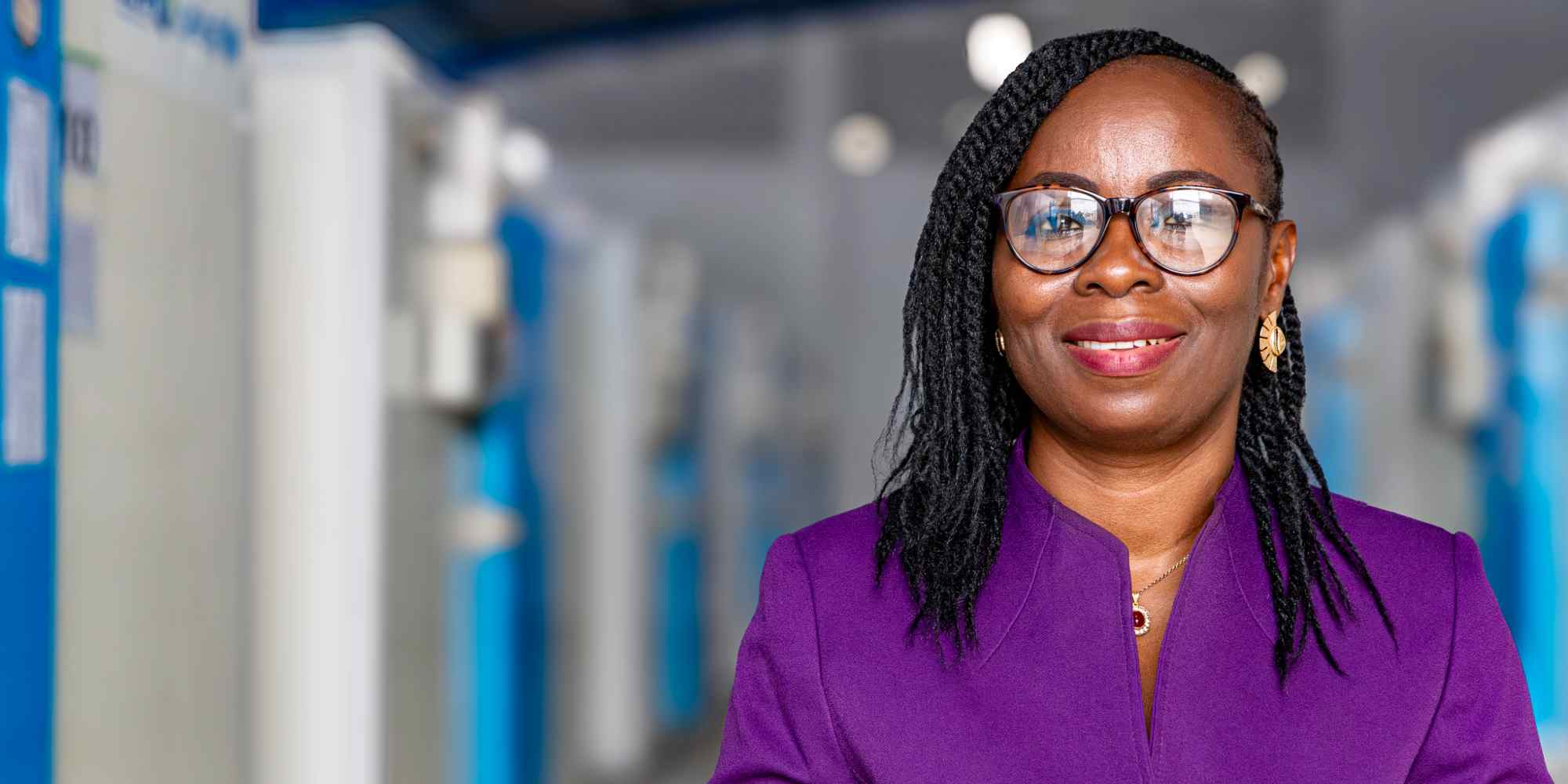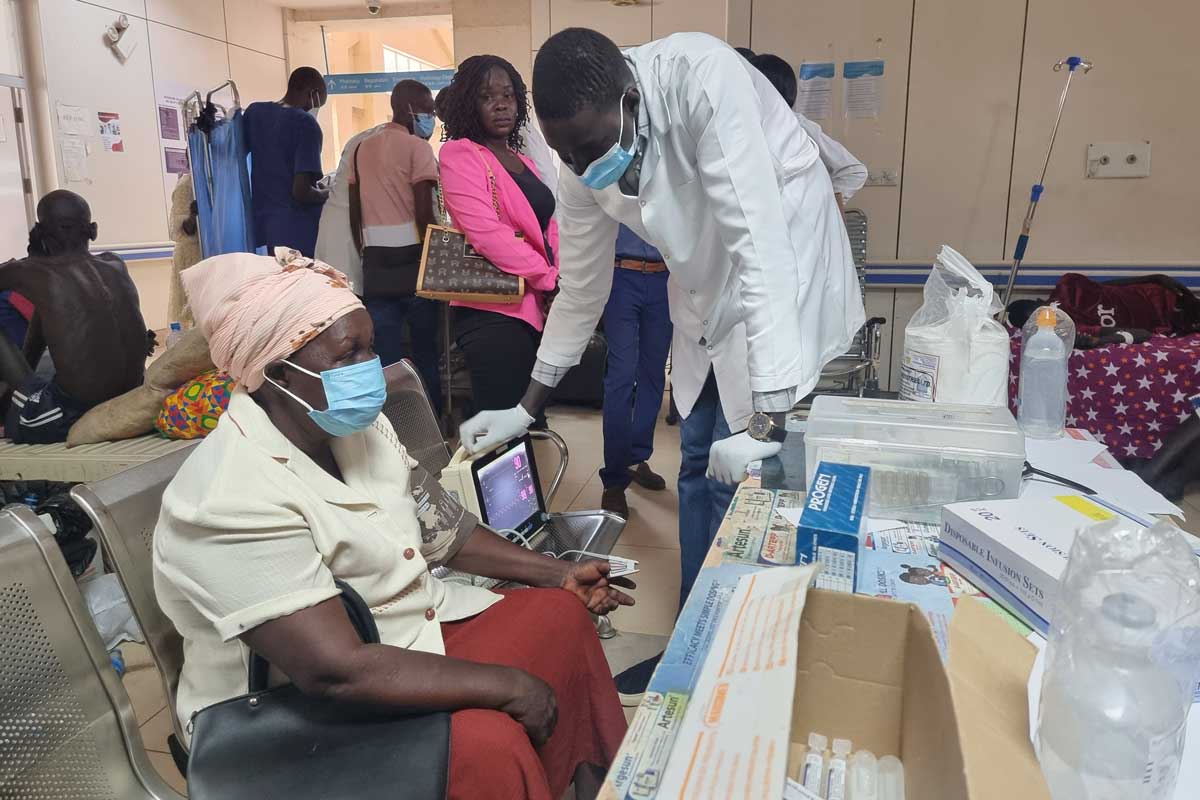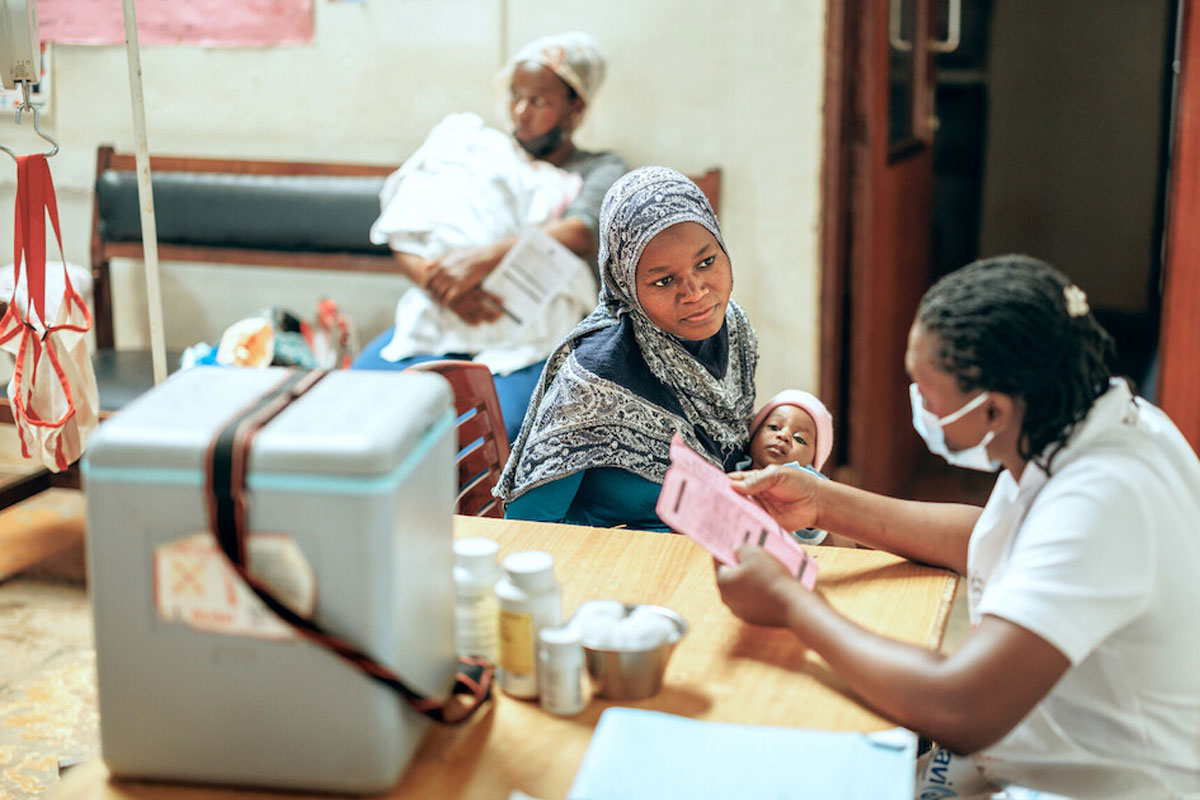In 2014, Ebola dominated the headlines, but despite its devastating impact, there were also many moments that called for optimism in health across the world. Here we picked just a few:
1. South East Asia Region certified polio free
In March, as India celebrated three years without a case of polio, the WHO declared the South East Asia region officially free of the disease. With 80% of the world now living in places without the endemic scourge of polio, this was a cause for celebration. India’s polio success has had a lasting legacy, which is now being built upon by other vaccines.

Source: Global Citizen
2. The 5-in-1 vaccine reaches the world’s poorest countries
In July, South Sudan became the last of the world’s poorest countries to introduce the 5-in-1 pentavalent vaccine. This protects against several serious diseases including liver cancer, meningitis, pneumonia and whooping cough. Many challenges remain, especially in relation to increasing coverage, but this still represented a significant milestone for global health.

Source: Gavi
3. No more pneumo? Kenya shows we’re closer than ever
Many think of pneumonia as a disease of the old and frail, but pneumococcal disease, which comes in the form of pneumonia, meningitis or sepsis, is the leading cause of vaccine-preventable disease for children under 5 worldwide. Luckily, 2014 saw some encouraging feedback from the introduction of pneumococcal vaccine, which helps prevent the illness, in Kenya. Researchers in Kilifi, found that not only had the number of children being admitted with the disease declined since the vaccine’s introduction, but also that the presence of the bacteria in question had been significantly reduced among both vaccinated and the unvaccinated people alike. So not only is the vaccine working for little kids, but it could even stop them passing illness to their grandparents too!

A snapshot from the lab investigating pneumococcal disease in Kilifi, Kenya. Source: Gavi/ Evelyn Hockstein.
4. Vaccines: a step closer to polio eradication
Another polio vaccine, you ask? IPV – inactivated polio vaccine, which is injectable – was launched in Nepal in September as an important step in the fight to eradicate polio. The vaccine offers better protection than the oral version, and may even help to strengthen routine immunisation systems as it is introduced. IPV is set to have a historically speedy introduction timetable, with all 73 Gavi-supported countries expected to introduce the vaccine by the end of 2015. 2014 may be remembered as the beginning of the end for polio.

Nepalese children at the time of the IPV introduction in 2014. Source: Gavi/ Oscar Seykens
5. Last but not least: millions more children immunised
There were a lot of vaccine launches in the world’s poorest countries this year. Whether that involved helping 16 countries protect their children from rotavirus (a major cause of deadly diarrhoea) or ensuring campaigns against measles & rubella (potentially fatal and debilitating) reach millions across Bangladesh, Vietnam and Tanzania, it demonstrated that vaccine uptake is on the rise. Put together with encouraging news about falling child mortality and rising life expectancy, this is surely the most heartening trend in a year of positive statistics for global immunisation.

Source: Gavi






